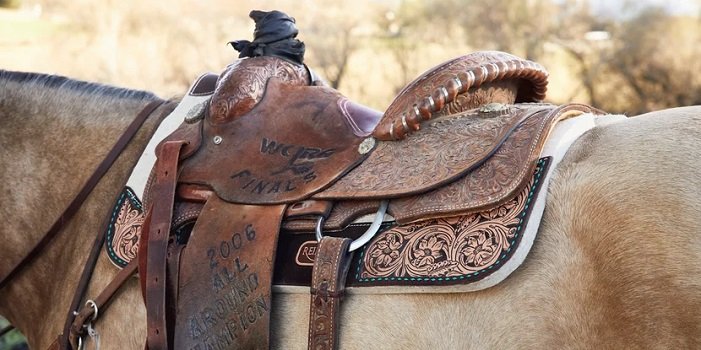The Art and Craft of Western Saddles and Horse Tack

Horseback riding is a timeless tradition, a bond between horse and rider that is as old as civilization itself. One of the most crucial elements in this relationship is the tack—the equipment used to outfit a horse. For enthusiasts of Western riding, understanding the intricacies of Western saddles and tack is essential. Let’s delve into the fascinating world of Western saddles and horse tack, exploring their history, components, and significance in the riding experience.
A Brief History of Western Saddles
Western saddles are steeped in history, dating back to the early American frontier days. They evolved from the saddles used by Spanish vaqueros, the original cowboys of the Americas. These saddles were designed for long hours of riding and heavy ranch work, providing comfort and stability for both horse and rider. Over time, the Western saddle became a symbol of the rugged, adventurous spirit of the American West.
Components of a Western Saddle
A Western saddle is a marvel of craftsmanship, composed of several key components:
- Tree: The foundation of the saddle, usually made of wood or synthetic materials, provides the structure and shape.
- Seat: Designed for the rider’s comfort, the seat is often padded and can be customized to fit the rider’s body.
- Horn: A prominent feature, the horn is used for roping cattle and offers a handhold for the rider.
- Fenders: These protect the rider’s legs from the horse’s sweat and the saddle’s rigging.
- Stirrups: Essential for mounting and providing stability, stirrups are adjustable to fit the rider’s leg length.
- Cantle: The raised back part of the saddle, providing support and security for the rider.
- Skirts: These protect the horse’s back from the saddle tree and help distribute the rider’s weight.
Types of Western Saddles
There are various types of Western saddles, each designed for specific tasks and riding styles:
- Trail Saddles: Built for comfort during long rides, with padded seats and a lightweight design.
- Roping Saddles: Designed for roping cattle, featuring a sturdy horn and reinforced tree.
- Barrel Racing Saddles: Lightweight and with a deep seat to help the rider stay secure during fast, tight turns.
- Show Saddles: Elaborately decorated and used in Western pleasure and equitation classes, showcasing both the rider’s and horse’s elegance.
- Cutting Saddles: Designed for cutting horse competitions, with a low seat and a forward-placed horn.
Essential Horse Tack
Beyond the saddle, there is a plethora of other tack essential for Western riding:
- Bridle: A headgear used to control the horse, consisting of a headstall, bit, and reins. Western bridles are often adorned with silver and intricate leatherwork.
- Bit: Placed in the horse’s mouth, the bit allows the rider to communicate and control the horse. Common Western bits include the snaffle, curb, and spade.
- Reins: Attached to the bit, reins come in various styles, including split reins and romal reins, each serving different control techniques.
- Breast Collar: Helps keep the saddle in place, particularly during rigorous activities like roping or barrel racing.
- Cinches and Girths: These secure the saddle to the horse, with front cinches being essential and back cinches providing additional stability.
- Saddle Pad: Placed between the horse’s back and the saddle, saddle pads offer cushioning, absorb sweat, and protect the horse from the saddle’s pressure points.
The Significance of Proper Tack
Using the right tack is paramount for the comfort and safety of both horse and rider. Ill-fitting saddles or bridles can cause discomfort, pain, and even injury to the horse. For the rider, the correct tack ensures better control, balance, and overall riding experience. Therefore, investing in quality tack and ensuring a proper fit is essential for anyone serious about Western riding. Visit SaddleOnline.com
Caring for Your Tack
Maintaining horse tack is crucial for its longevity and performance. Regular cleaning and conditioning of leather parts prevent drying and cracking. Inspecting the saddle and bridle for wear and tear before each ride can prevent accidents. Storing tack in a cool, dry place helps preserve its condition.
Conclusion
Western saddles and tack are more than just riding equipment—they are an integral part of the equestrian tradition, embodying the spirit of the West and the timeless bond between horse and rider. Understanding their components, purposes, and care can enhance the riding experience, ensuring safety, comfort, and a deeper connection with the horse. Whether you’re a seasoned cowboy or a novice rider, the world of Western saddles and tack is a fascinating journey into craftsmanship, history, and the art of horsemanship.





